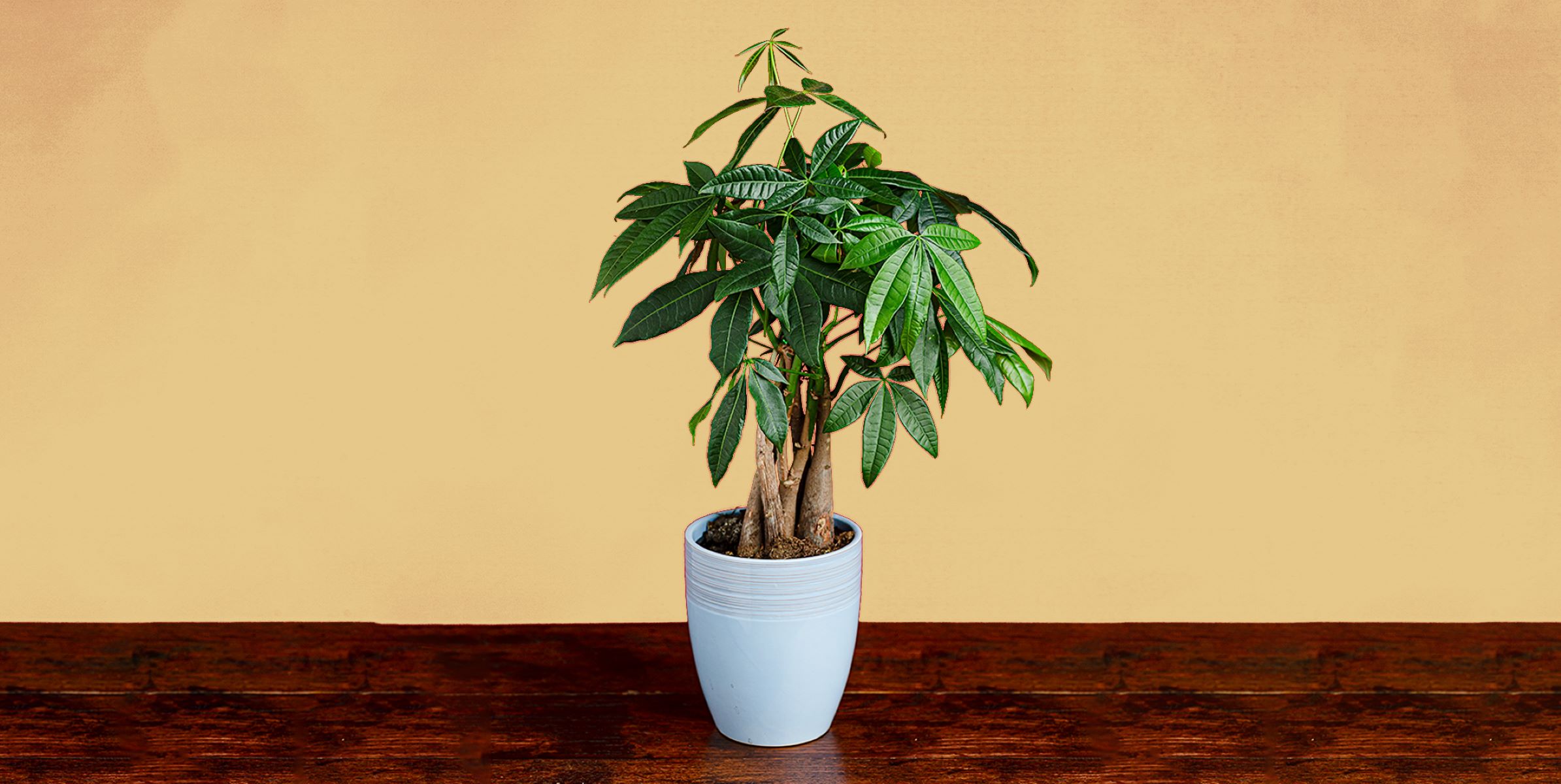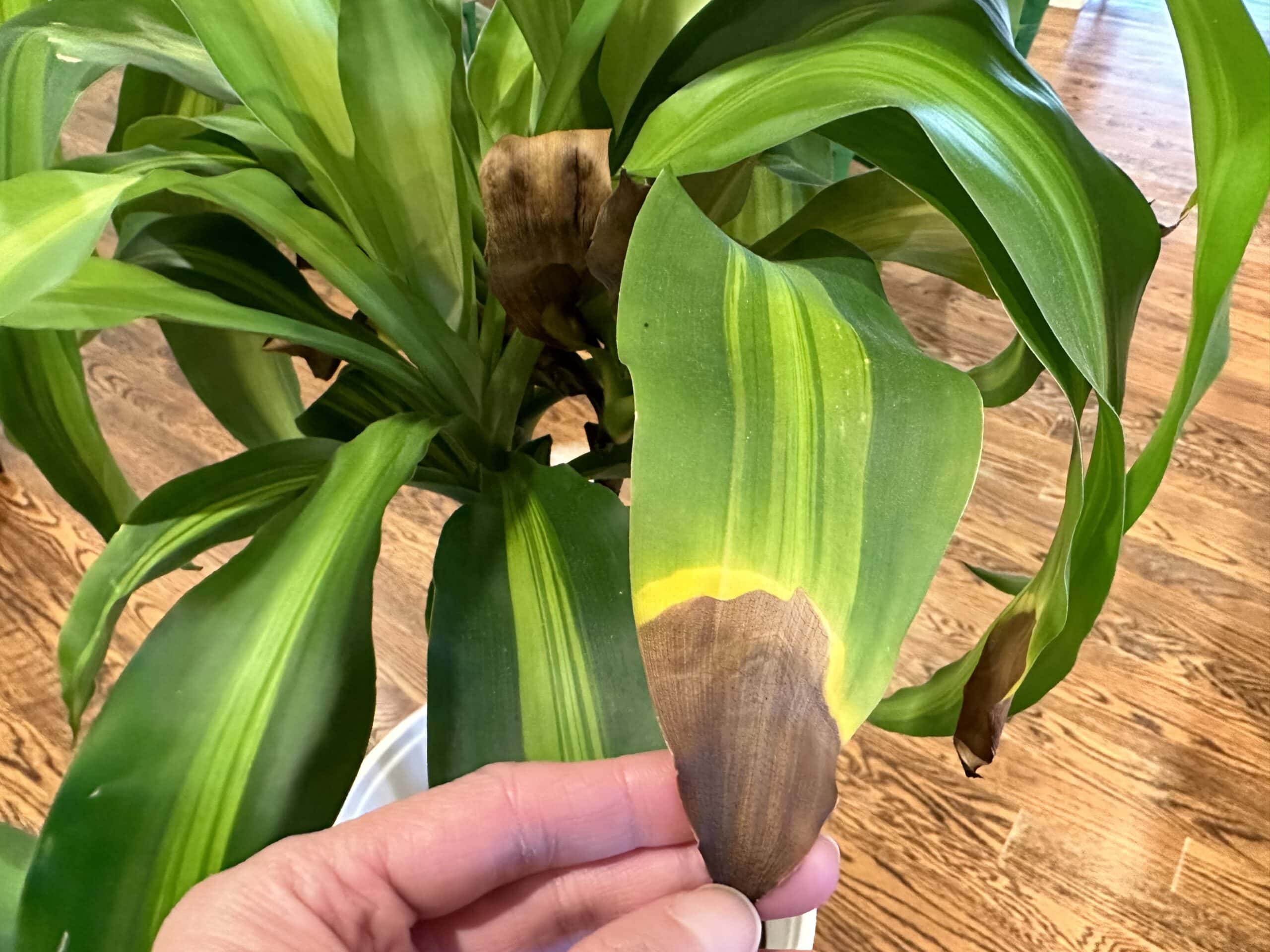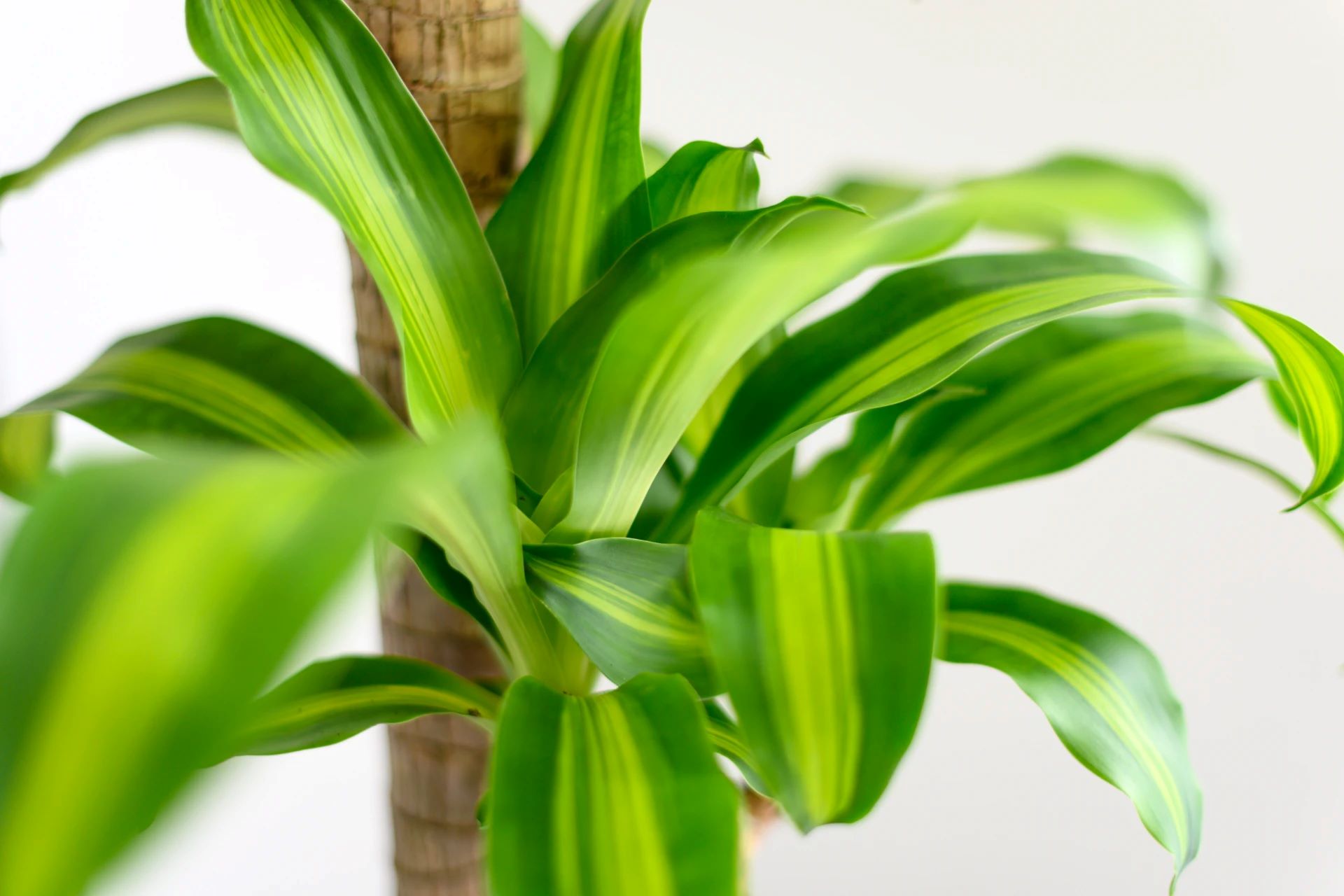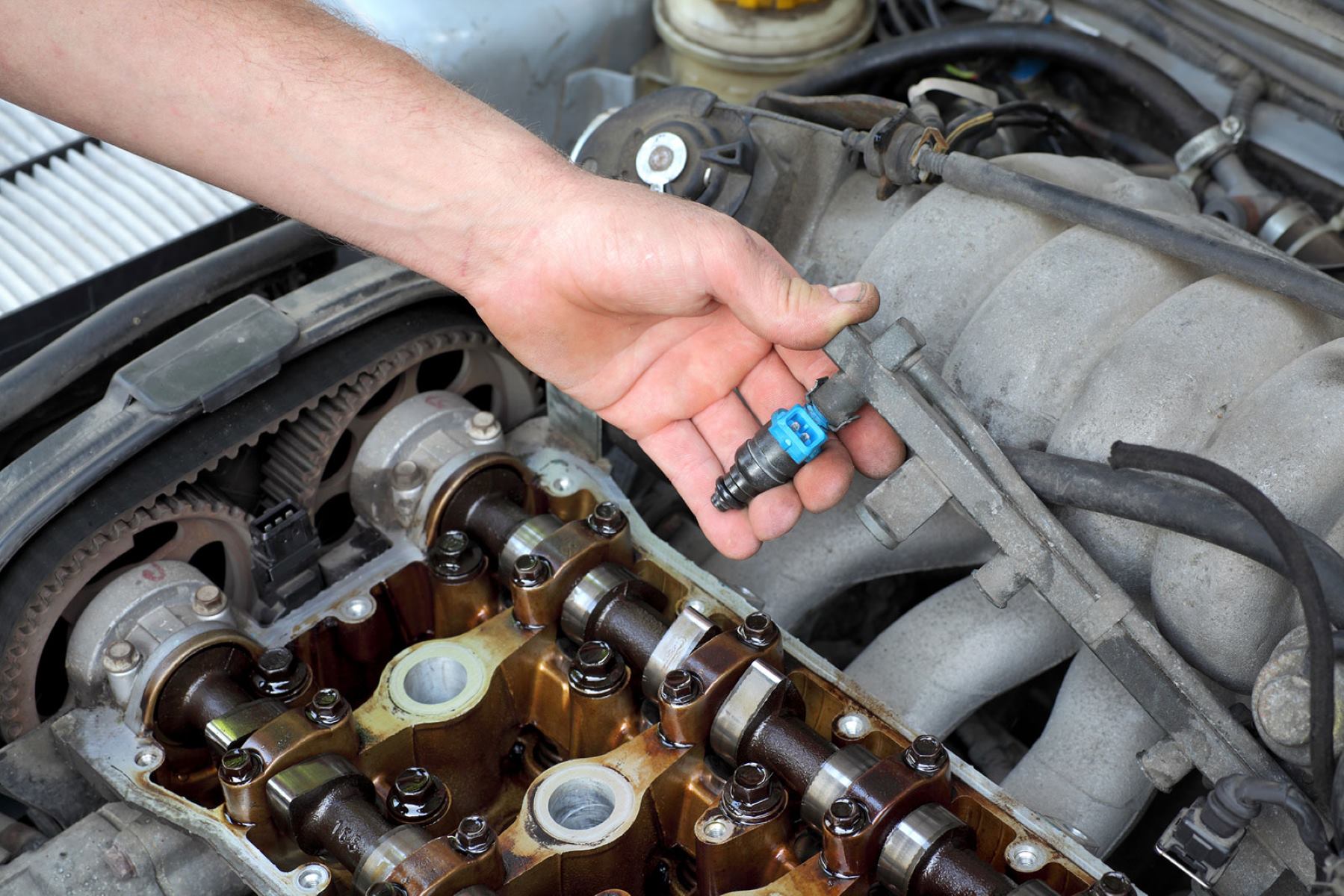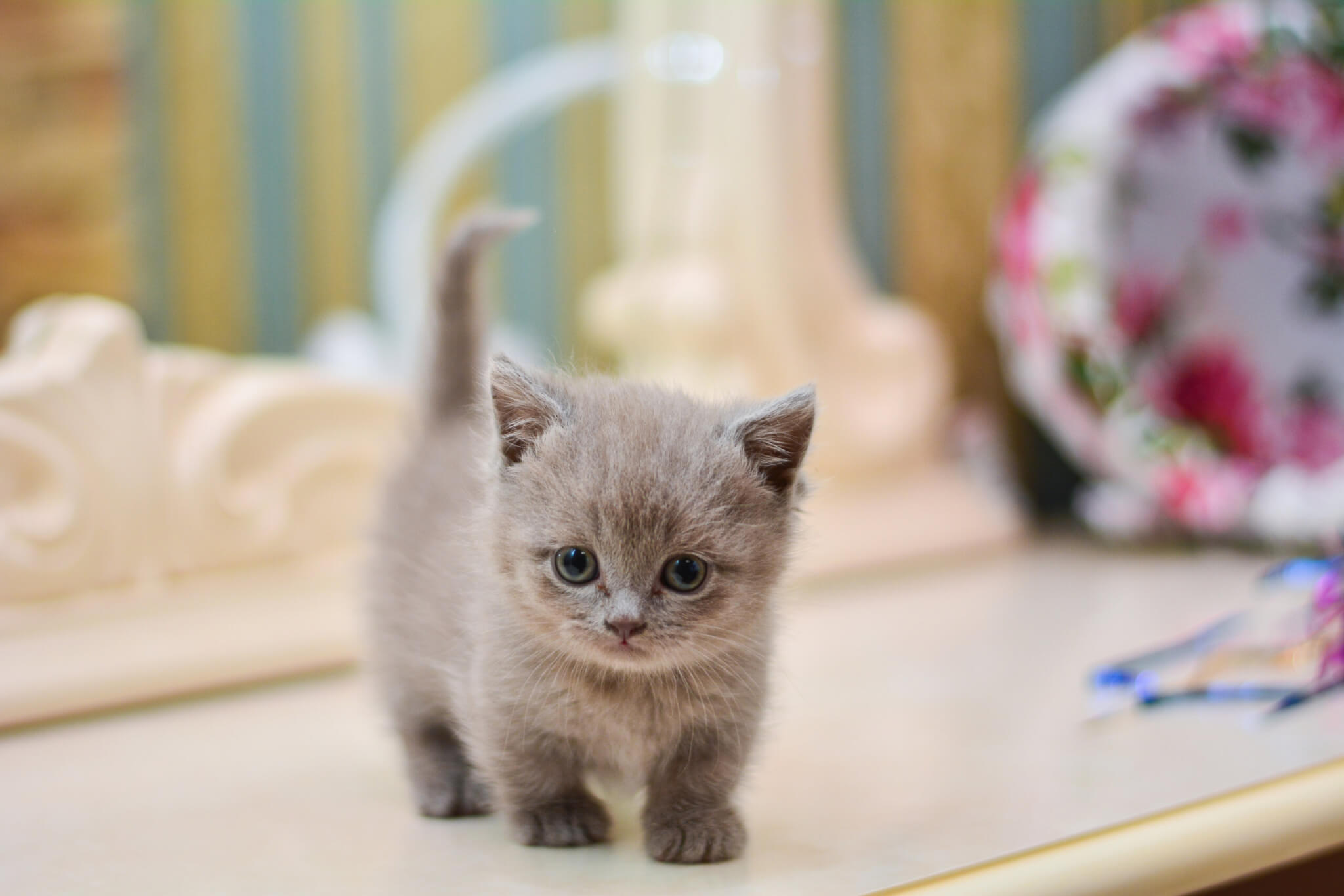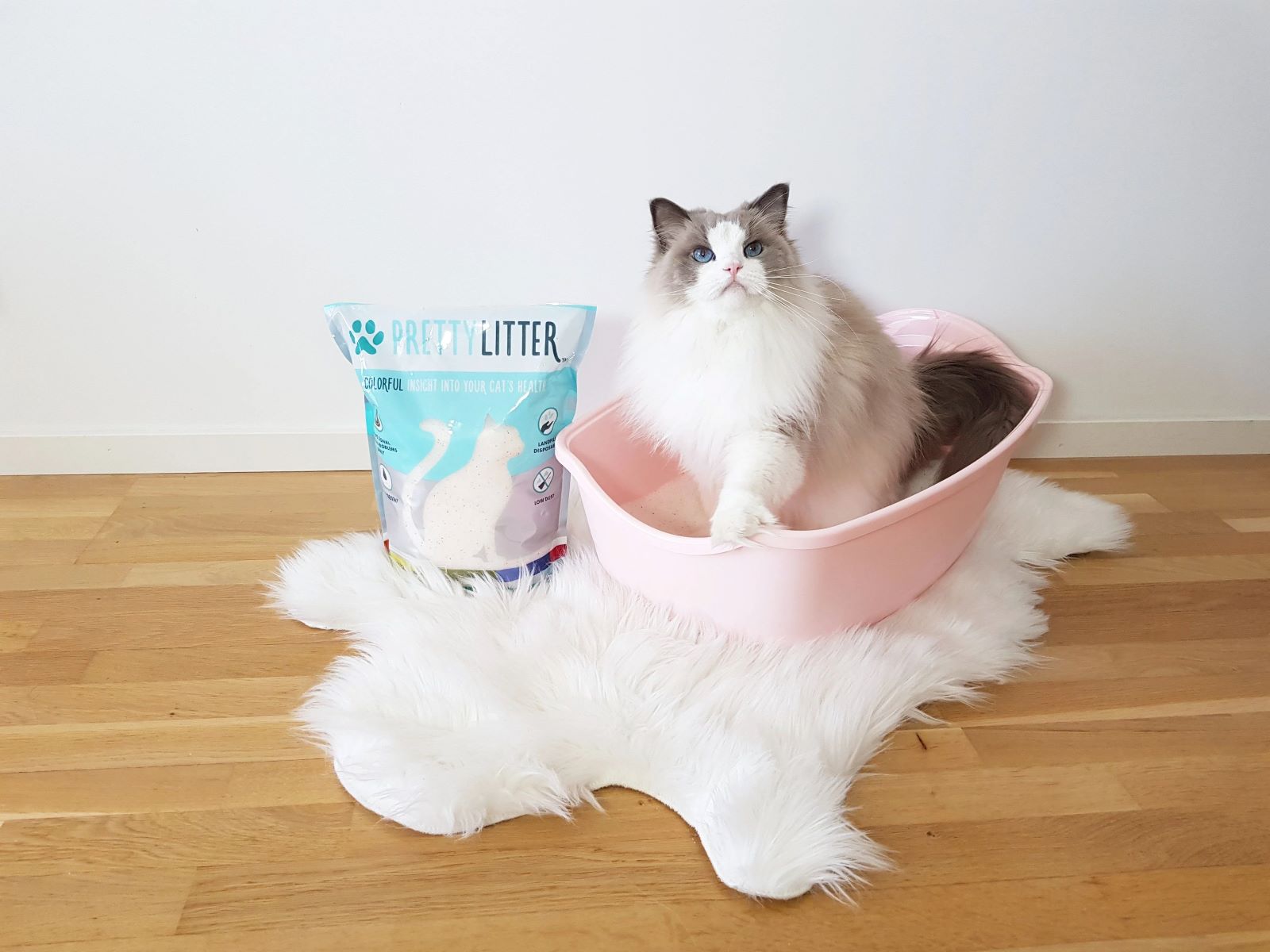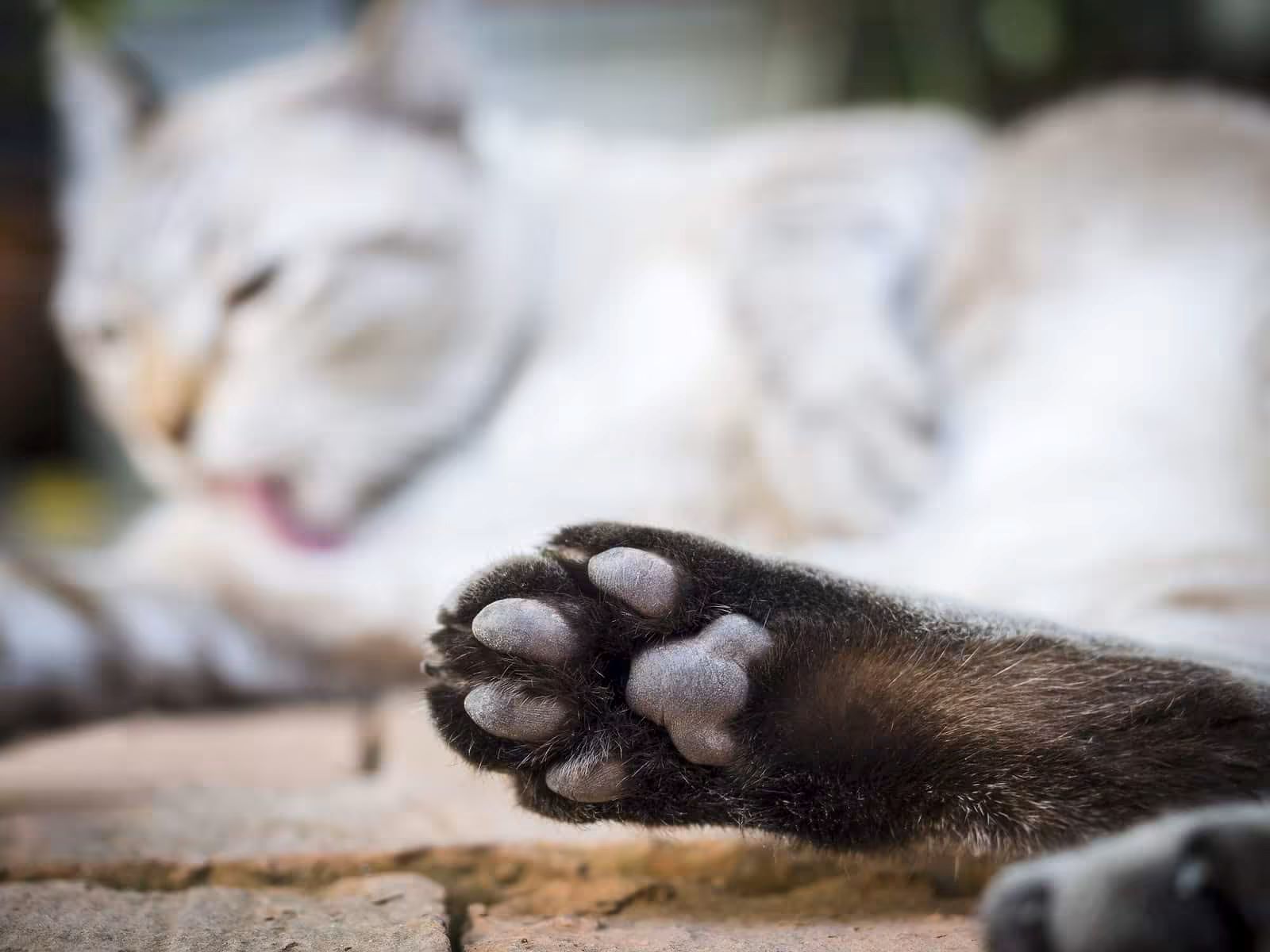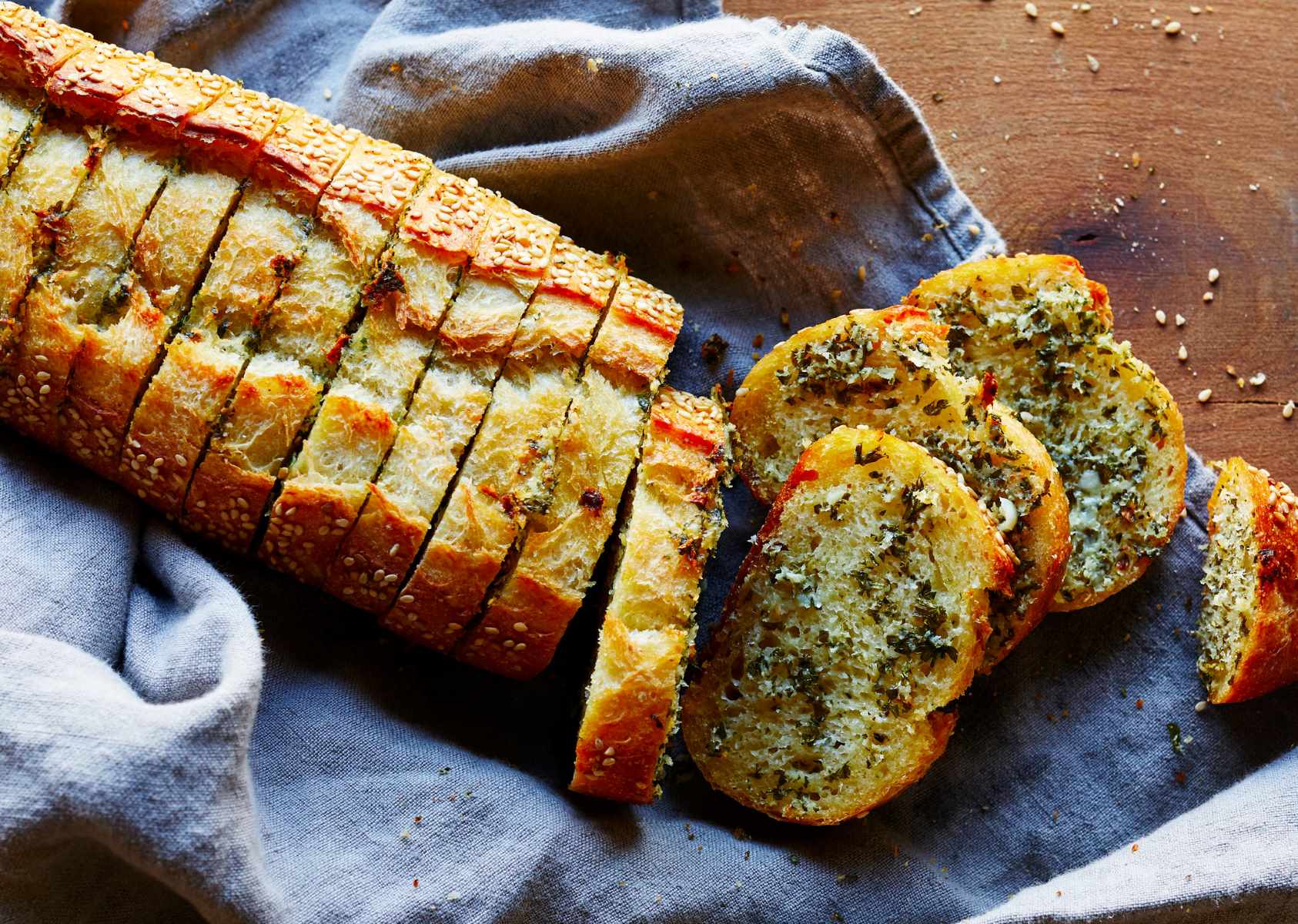Home>Home and Garden>Revive Your Dying Cat Palm Plant With These Genius Tips!


Home and Garden
Revive Your Dying Cat Palm Plant With These Genius Tips!
Published: January 23, 2024
Learn how to revive your dying cat palm plant with expert home and garden tips. Nurse your plant back to health with these genius strategies!
(Many of the links in this article redirect to a specific reviewed product. Your purchase of these products through affiliate links helps to generate commission for Regretless.com, at no extra cost. Learn more)
Table of Contents
Introduction
The Cat Palm plant, scientifically known as Chamaedorea cataractarum, is a popular choice for indoor and outdoor decor. Its graceful fronds and low maintenance requirements make it a beloved addition to any home or garden. However, despite its resilience, Cat Palms can occasionally exhibit signs of distress, leaving their owners perplexed about how to revive them. If you've noticed your Cat Palm plant looking lackluster, fear not! This article is your ultimate guide to breathing new life into your beloved green companion.
Understanding the Cat Palm Plant is crucial to nurturing it back to health. From identifying the signs of a struggling plant to implementing expert tips for revival, we've got you covered. So, if you're ready to embark on a journey to revive your Cat Palm plant and restore its vibrancy, let's dive into the fascinating world of this tropical beauty.
Understanding the Cat Palm Plant
The Cat Palm plant, scientifically known as Chamaedorea cataractarum, is a tropical beauty that hails from the rainforests of southeastern Mexico and Guatemala. Its lush, feathery fronds and slender, cane-like stems make it a popular choice for both indoor and outdoor settings. As a member of the Arecaceae family, this palm variety is well-suited to adding a touch of exotic elegance to any space.
In its natural habitat, the Cat Palm thrives under the dappled shade of larger trees, where it receives filtered sunlight and consistent moisture. This preference for indirect light makes it an ideal candidate for indoor cultivation, as it can adapt to the lower light levels found in homes and offices. Additionally, its moderate growth rate and non-invasive root system make it a versatile option for container planting.
A mature Cat Palm plant can reach a height of 4 to 6 feet, with its arching fronds creating a lush, tropical ambiance. Its ability to purify the air by removing toxins such as formaldehyde and benzene further enhances its appeal as a decorative and health-conscious choice for indoor spaces.
Understanding the Cat Palm plant also involves recognizing its resilience in the face of neglect. While it prefers consistently moist soil and high humidity, it can tolerate occasional lapses in watering, making it forgiving for less experienced plant enthusiasts. However, prolonged periods of drought, overwatering, or exposure to direct sunlight can lead to its decline, prompting the need for timely intervention to revive its vitality.
With its graceful appearance and adaptability, the Cat Palm plant has earned its place as a beloved addition to home and garden settings. However, despite its inherent hardiness, it can still exhibit signs of distress, signaling the need for attentive care and nurturing. By familiarizing ourselves with the unique characteristics and requirements of the Cat Palm plant, we can better equip ourselves to identify and address any issues that may arise, ensuring the continued health and beauty of this captivating botanical specimen.
Signs of a Dying Cat Palm Plant
Identifying the signs of a struggling Cat Palm plant is crucial in addressing its declining health and implementing timely interventions. While this resilient tropical beauty can endure periods of neglect, certain indicators signal that it is in distress and requires immediate attention. By recognizing these signs early on, you can take proactive measures to revive your Cat Palm plant and restore its vitality.
-
Yellowing or Browning Fronds: One of the most noticeable signs of a dying Cat Palm plant is the yellowing or browning of its fronds. This discoloration typically starts at the tips of the fronds and gradually spreads towards the base. While some degree of browning is a natural part of the frond's lifecycle, an excessive and rapid discoloration across multiple fronds indicates underlying issues such as overwatering, underwatering, or nutrient deficiencies.
-
Wilting or Drooping Fronds: Healthy Cat Palm fronds are characterized by their upright and arching posture. However, if you notice a significant droop or wilting in the fronds, it may indicate a lack of water or excessive dryness in the plant's environment. Wilting fronds can also be a sign of root rot caused by overwatering, leading to a compromised root system unable to support the plant's foliage.
-
Stunted Growth: A thriving Cat Palm plant exhibits steady growth, with new fronds emerging regularly and existing ones maintaining their vibrancy. Stunted growth, where the plant fails to produce new fronds or experiences a decline in overall size, suggests that it is struggling to obtain essential nutrients or is facing unfavorable environmental conditions.
-
Dry, Brittle Fronds: When the fronds of a Cat Palm plant become dry and brittle to the touch, it indicates a lack of adequate humidity or moisture. This can be particularly common in indoor settings with low humidity levels, causing the plant to desiccate and lose its lush, healthy appearance.
-
Foul Odor from Soil: An unpleasant, musty odor emanating from the soil of a Cat Palm plant can signify root rot, a condition caused by overwatering and poor drainage. As the roots suffocate and decay, they release a distinct odor, signaling a critical issue that requires immediate remediation.
Recognizing these signs of a dying Cat Palm plant empowers you to take proactive steps in reviving its health and restoring its natural beauty. By closely monitoring your plant for these indicators and addressing any underlying issues promptly, you can embark on a journey to nurture your Cat Palm back to its vibrant and flourishing state.
Tips for Reviving a Dying Cat Palm Plant
Reviving a dying Cat Palm plant requires a strategic approach that addresses its specific needs and underlying issues. By implementing targeted interventions and providing attentive care, you can breathe new life into your beloved botanical companion. Here are essential tips for reviving a struggling Cat Palm plant:
1. Assess the Root Health
Begin the revival process by carefully examining the root system of your Cat Palm plant. Gently remove it from its container to assess the roots for signs of rot, discoloration, or compacted soil. Healthy roots are firm, white, and free from foul odors, while rotting roots appear mushy, dark, and emit a musty smell. If root rot is present, trim away the affected roots and repot the plant in fresh, well-draining soil to promote recovery.
2. Adjust Watering Practices
Proper watering is crucial for the revival of a Cat Palm plant. If the plant has been overwatered, allow the soil to dry out partially before resuming a more moderate watering schedule. Conversely, if underwatering was the issue, gradually increase the frequency of watering while ensuring that excess water can drain freely from the pot. Use a moisture meter or perform the finger test to gauge the soil's moisture levels accurately.
3. Provide Adequate Humidity
Cat Palm plants thrive in high humidity environments, mimicking their native tropical habitat. Increase humidity levels around the plant by misting its fronds regularly, placing a humidity tray filled with water and pebbles beneath the pot, or utilizing a room humidifier. These measures help prevent the fronds from drying out and promote optimal growth.
4. Ensure Indirect Sunlight
Position the Cat Palm plant in a location that receives bright, indirect sunlight, shielding it from harsh midday sun. Indirect light mimics the plant's natural habitat and supports healthy growth without risking sunburn or heat stress. Avoid placing the plant in areas with prolonged exposure to direct sunlight, as this can lead to scorched fronds and overall decline.
5. Monitor Nutrient Levels
Assess the plant's nutrient requirements and consider applying a balanced, water-soluble fertilizer specifically formulated for palms. Follow the manufacturer's instructions for dilution and application frequency to avoid over-fertilization, which can harm the plant. A well-balanced fertilizer provides essential nutrients, promoting robust growth and rejuvenating the plant's overall health.
6. Prune with Care
Trim any yellowing or brown fronds using clean, sharp pruning shears to enhance the plant's appearance and redirect its energy towards healthy growth. Avoid removing more than one-third of the fronds at a time, as excessive pruning can stress the plant. Regularly removing spent or damaged fronds encourages the emergence of new, vibrant growth.
By implementing these expert tips and closely monitoring your Cat Palm plant's response, you can effectively revive its health and vitality. Remember to be patient and observant, as nurturing a struggling plant back to its former splendor often requires consistent care and thoughtful adjustments. With dedication and the right approach, your Cat Palm plant can once again grace your home or garden with its lush, tropical allure.
Conclusion
In conclusion, the Cat Palm plant, with its graceful fronds and tropical allure, holds a cherished place in home and garden settings. Understanding this botanical beauty's unique characteristics and requirements is essential for providing the attentive care it deserves. By recognizing the signs of a struggling Cat Palm plant and implementing targeted interventions, you can effectively revive its health and restore its natural vibrancy.
Reviving a dying Cat Palm plant involves a holistic approach that addresses its specific needs, such as root health, watering practices, humidity levels, sunlight exposure, nutrient requirements, and pruning. By carefully assessing the plant's root system, adjusting watering practices, providing adequate humidity, ensuring indirect sunlight, monitoring nutrient levels, and pruning with care, you can embark on a journey to nurture your Cat Palm back to its flourishing state.
As you embark on the revitalization journey, patience and attentiveness are key. The process of reviving a struggling Cat Palm plant may require time and consistent care, but the rewards of witnessing its resurgence make the effort worthwhile. By closely monitoring the plant's response to the implemented interventions and making thoughtful adjustments as needed, you can witness the gradual transformation of a wilting plant into a thriving botanical masterpiece.
Ultimately, the ability to revive a dying Cat Palm plant not only restores its natural beauty but also deepens the bond between plant enthusiasts and their green companions. The resilience and adaptability of the Cat Palm plant serve as a testament to the transformative power of attentive care and nurturing. As you witness the rejuvenation of your once-struggling Cat Palm, you'll experience the joy of witnessing nature's remarkable ability to bounce back and thrive under compassionate stewardship.
In essence, the journey to revive a dying Cat Palm plant is a testament to the profound connection between humans and the natural world. Through our dedicated efforts to nurture and revive struggling botanical specimens, we reaffirm our role as caretakers of the earth's diverse plant life, fostering a harmonious coexistence that enriches our lives and surroundings.
So, as you embark on the mission to revive your beloved Cat Palm plant, remember that every tender gesture and thoughtful adjustment brings you one step closer to witnessing its remarkable resurgence. With patience, care, and a deep appreciation for the beauty of nature, you can revive your dying Cat Palm plant and revel in the splendor of its renewed vitality.

